In Wake of Trans-Pacific Trade Stalemate, NMPF to Keep Pushing for a Good Deal on Dairy
August 04, 2015 Reacting to the July 31 stalemate in negotiations over the Trans-Pacific Partnership, NMPF pledged to keep working to achieve a dairy package that protects the interests of U.S. farmers.
Reacting to the July 31 stalemate in negotiations over the Trans-Pacific Partnership, NMPF pledged to keep working to achieve a dairy package that protects the interests of U.S. farmers.
Meeting in Hawaii, negotiators for the 12 nations involved in the massive Pacific Rim trade deal made significant progress by finalizing a number of chapters, but could not reach agreement on a few issues, including dairy. Trade Ministers have indicated the talks will continue very soon.
Key to the stalemate on dairy was Canada’s refusal to significantly open its highly protected dairy markets, the limited market access offered by Japan, and New Zealand’s unrealistic demands for access to the U.S. market in light of the limited market access offers from Japan and Canada.
“It is not yet clear how the negotiators will push past this to bring talks to a successful conclusion,” said NMPF President and CEO Mulhern, “but we will continue to work constructively to achieve a dairy package that provides comparable results between new export market opportunities to TPP’s two key markets and any new import access.”
Mulhern, NMPF Chairman Randy Mooney, and NMPF Senior Vice President for Strategic Initiatives and Trade Policy Jaime Castaneda traveled to Hawaii for the week-long minister-level trade talks.
In meetings with U.S. negotiators, Mulhern said, “we made clear we will not support a package that asks U.S. dairy farmers to be net losers in this TPP agreement. We are prepared to do our part, but others need to do theirs, too. The burden of this agreement cannot be carried by the U.S.”
Mulhern said NMPF appreciated the strong support the dairy industry received from U.S. negotiators and the bipartisan support it received from Congress leading up to the talks in Hawaii. (See separate story).
Mulhern urged dairy producers to keep telling their House and Senate members they support a balanced Pacific trade pact that benefits the U.S. dairy industry. “Central to our work will be the engagement of our member cooperatives,” he said.
Ahead of Talks, NMPF Worked with Congress on Appeals for a Balanced Deal on Dairy
August 04, 2015 Leading up to the Hawaii negotiations, NMPF worked with Congress on three separate written appeals to increase U.S. dairy farmers’ access to foreign markets and achieve a balanced outcome in any Pacific Rim trade agreement.
Leading up to the Hawaii negotiations, NMPF worked with Congress on three separate written appeals to increase U.S. dairy farmers’ access to foreign markets and achieve a balanced outcome in any Pacific Rim trade agreement.
On July 15, a bipartisan group of 21 House members warned Canada that it risks being left out of the massive trade pact if it does not allow more imports of U.S. dairy products. “It will be difficult for us to support Canada’s inclusion in TPP if significant new dairy access is not part of the deal,” the House members wrote in a letter to Canada’s ambassador to the United States, Gary Doer.
The letter was spearheaded by Representatives Reid Ribble (R-WI), Ron Kind (D-WI), David Valadao (R-CA) and Suzan DelBene (D-WA). Among the signers were Paul Ryan (R-WI), Chairman of the Ways and Means Committee, Mike Conaway (R-TX), Chairman of the House Agriculture Committee, and Pat Tiberi, Chairman of the Ways and Means Committee’s Trade Subcommittee.
Nine days later, the Senate Finance Committee’s leadership sent a similar letter to Doer. Committee Chairman Orrin Hatch (R-UT) and senior Democrat Ron Wyden (D-OR) said Canada’s ability to “commit to significant and commercially meaningful market access for all remaining agricultural products, including dairy, will have a significant impact on Congress’ view of the final agreement.”
Finally, on July 24, a bipartisan group of 22 senators asked the Obama administration to increase access for U.S. dairy products into Canada and Japan as part of any final TPP agreement. In a letter to U.S. Trade Representative Michael Froman, the senators urged that the United States secure significant market access benefits across all dairy products, particularly into Japan and Canada.
One-third of the Senate Finance Committee, including Ranking Member Wyden, was among the signers of that letter, spearheaded by Senators Dianne Feinstein (D-CA) and Mike Crapo (R-ID).
NMPF praised all three congressional appeals, saying they underscored the need for the TPP to deliver significant new market access for U.S. dairy exports, in order to balance any additional imports to the U.S. from New Zealand.
Congressional Leaders Aligned with Dairy Industry in Criticizing Food Name Treaty
August 04, 2015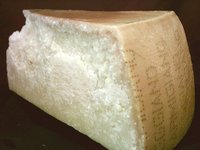 Echoing dairy industry concerns, leaders of the Senate and House Judiciary committees, the Senate Finance Committee, and the House Ways and Means Committee last month expressed “grave disappointment” over international treaty changes that are likely to severely limit the use of generic food names in export markets.
Echoing dairy industry concerns, leaders of the Senate and House Judiciary committees, the Senate Finance Committee, and the House Ways and Means Committee last month expressed “grave disappointment” over international treaty changes that are likely to severely limit the use of generic food names in export markets.
Among those likely to be hurt by the changes are U.S. dairy producers and processors that have relied for decades on well-established cheese names like parmesan and feta.
In a strongly worded July 16 letter to the World Intellectual Property Organization (WIPO), eight congressional leaders objected to an expansion of geographical indications protections that will limit the use of certain food names to a specific region or country without sufficient protections for other users of the names. They also objected to a WIPO decision to force those harmed by the changes to help fund them.
Those signing the letter were Senate Judiciary Committee Chairman Chuck Grassley (R-IA) and Ranking Member Patrick Leahy (D-VT), House Judiciary Committee Chairman Bob Goodlatte (R-VA) and Ranking Member John Conyers (D-MI), Senate Finance Committee Chairman Orrin Hatch (R-UT) and Ranking Member Ron Wyden (D-OR), and House Ways and Means Committee Chairman Paul Ryan (R-WI) and Ranking Member Sandy Levin (D-MI).
The International Dairy Foods Association and U.S. Dairy Export Council joined NMPF in praising the Congressional letter for strongly objecting to WIPO’s actions.
The World Intellectual Property Organization is a United Nations agency charged with developing a balanced international intellectual property system. It approved the treaty changes at a meeting in Geneva, Switzerland, in May.
Dairy Products Exported with CWT’s Help Top 16.5 Million Pounds in July
August 04, 2015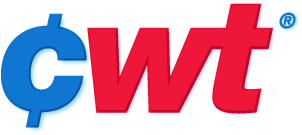 In July, members of Cooperatives Working Together received 59 contracts to sell dairy products to customers in 21 countries. The 5.4 million pounds of American-type cheeses and 11.2 million pounds of whole milk powder will be shipped from July through January 2016.
In July, members of Cooperatives Working Together received 59 contracts to sell dairy products to customers in 21 countries. The 5.4 million pounds of American-type cheeses and 11.2 million pounds of whole milk powder will be shipped from July through January 2016.
The July contracts bring the year-to-date sales totals to 43.7 million pounds of cheese, 30.4 million pounds of butter, and 33.3 million pounds of whole milk powder. In all, CWT-assisted transactions will move the equivalent of 1.33 billion pounds of milk on a milkfat basis to customers in 33 countries on five continents. These sales contracts are equivalent to more than 80 percent of the 2015 increase in U.S. milk production through June.
Developed by NMPF, CWT is a voluntary export assistance program supported by dairy farmers producing 70 percent of the nation’s milk. By helping to move U.S. dairy products into world markets, CWT helps maintain and grow U.S dairy farmers’ share of expanding export markets which, in turn, keeps dairy farmer milk prices at reasonable levels.
Focus Shifts to Senate after Voluntary GMO Labeling Bill Passes House
August 04, 2015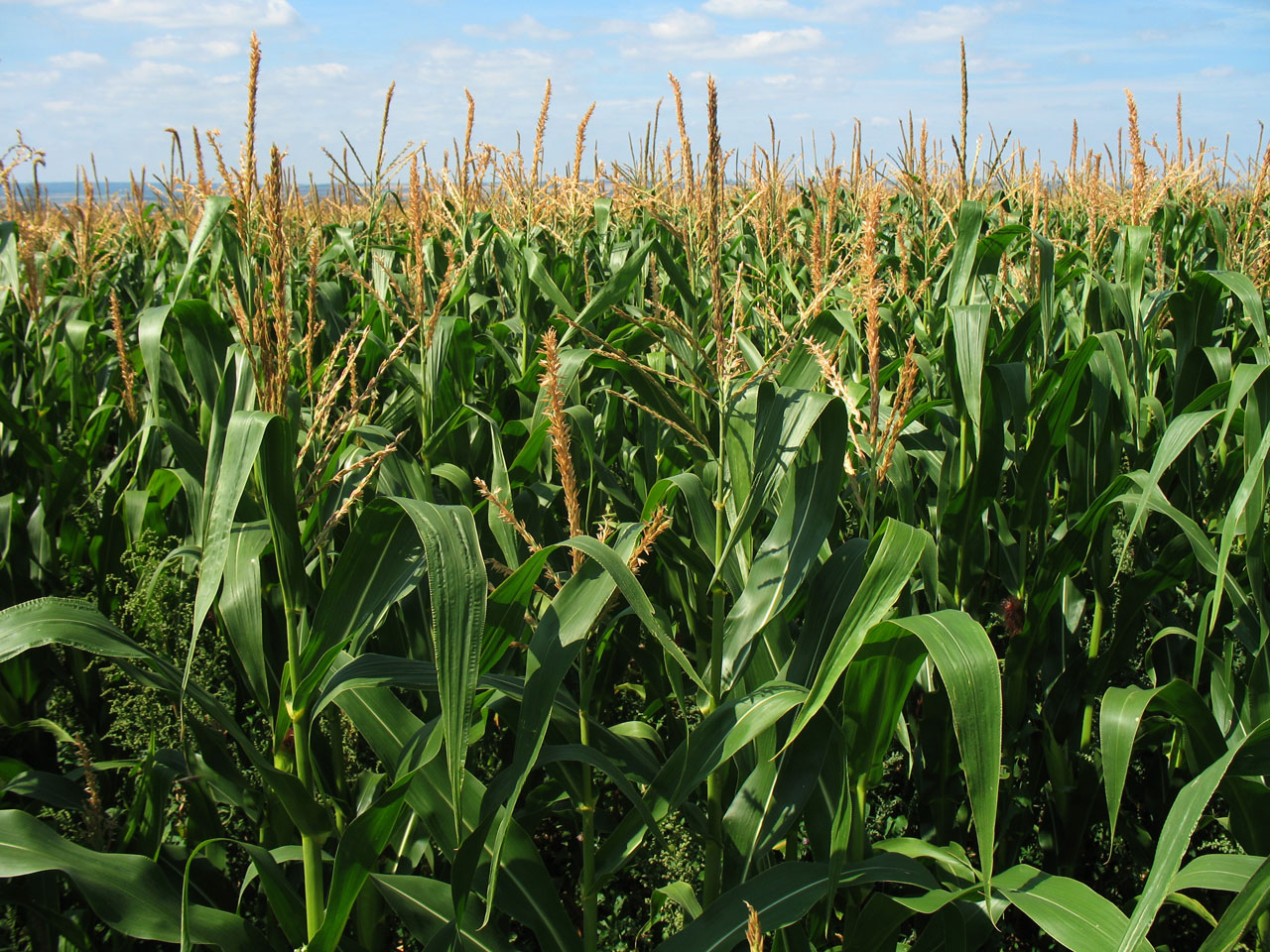 After the House of Representatives overwhelming approved legislation establishing a voluntary, national standard for labeling foods with genetically modified ingredients, NMPF said it will work closely with the Senate on similar legislation. NMPF said any final bill must meet the needs of America’s dairy farmers.
After the House of Representatives overwhelming approved legislation establishing a voluntary, national standard for labeling foods with genetically modified ingredients, NMPF said it will work closely with the Senate on similar legislation. NMPF said any final bill must meet the needs of America’s dairy farmers.
The House bill, known as the Safe and Accurate Food Labeling Act, creates a uniform, science-based labeling standard for foods made with GM ingredients. It also creates a voluntary non-GM labeling program modeled after the National Organic Program. The bill passed the House July 23rd by a margin of 275-150.
“The strong bipartisan vote demonstrates the broad support for a national, voluntary program for labeling foods with GM ingredients,” said President and CEO Jim Mulhern. “That gives consumers the information they want while reaffirming federal authority over food labeling and preventing the development of dozens of different state food labeling laws.”
Last year, Vermont became the first state in the nation to enact a mandatory GMO labeling bill, raising the specter of similar measures in states across the country. The Safe and Accurate Food Labeling Act would pre-empt the Vermont bill, which is scheduled to go into effect next year.
Genetically modified food ingredients have been proven safe by nearly 2,000 studies from the leading scientific bodies worldwide, including the World Health Organization and the American Medical Association. Up to 80 percent of the food available in the United States contains genetically modified ingredients.
NMPF Teams with Merck Animal Health to Help Producers Improve Animal Care
August 04, 2015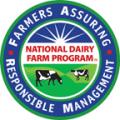 NMPF has teamed up with Merck Animal Health, a global animal medicine company, to provide additional resources to dairy producers participating in NMPF’s six-year-old animal well-being program, Farmers Assuring Responsible ManagementTM, or FARM.
NMPF has teamed up with Merck Animal Health, a global animal medicine company, to provide additional resources to dairy producers participating in NMPF’s six-year-old animal well-being program, Farmers Assuring Responsible ManagementTM, or FARM.
NMPF’s partnership with Merck, announced August 5, will give producers across the country access to tools and workshops available through Merck’s own dairy animal care training program, known as Dairy C.A.R.E. It should help ensure a comprehensive approach to employee training and animal care in the dairy industry.
Dairy C.A.R.E. includes animal handling training videos, a comprehensive resource guide, and customizable templates of animal care policies that outline how to assure maximum animal health and well-being. Merck Animal Health is offering free workshops around the country to help dairy producers tailor the Dairy C.A.R.E. materials for their farms.
Emily Meredith, NMPF’s vice president for animal care, said “Dairy C.A.R.E. helps producers meet the requirements of the FARM Animal Care Program, such as creating a cow care agreement, developing written standard operating procedures, and providing employee training.
“Animal care is everyone’s responsibility in the dairy industry, and we all take it seriously. We’re excited about the partnership with Merck Animal Health to help advance this industry-wide effort,” Meredith added.
FARM’s Technical Writing Group Begins Three-Year Review of Program Guidelines
August 04, 2015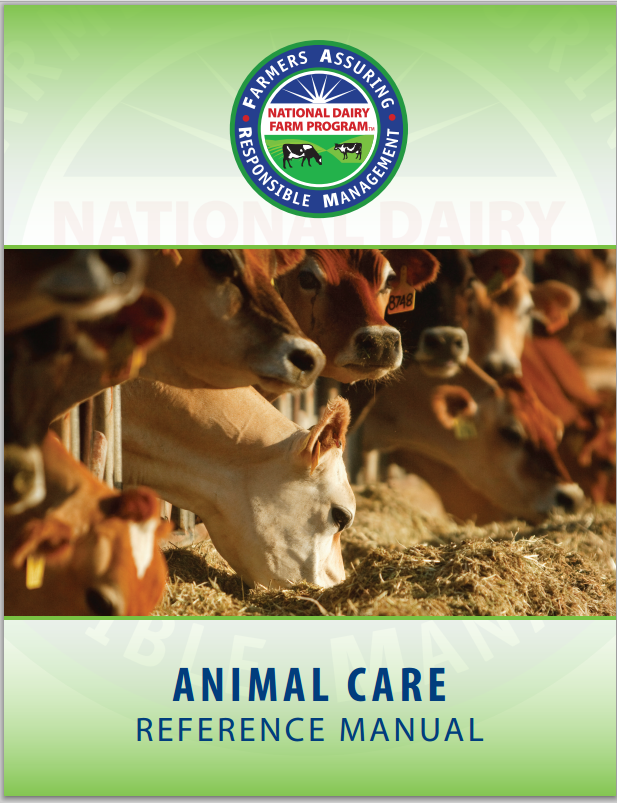 The FARM Program Technical Writing Group — made up of veterinarians, academics, animal scientists, co-op staff and dairy producers — began meeting in June to determine if updates are needed to the program’s Animal Care Manual, FARM Evaluation checklist, and other resources.
The FARM Program Technical Writing Group — made up of veterinarians, academics, animal scientists, co-op staff and dairy producers — began meeting in June to determine if updates are needed to the program’s Animal Care Manual, FARM Evaluation checklist, and other resources.
The program’s guidelines are updated every three years. Once the Technical Writing Group concludes its work, a new draft of the FARM Program guidelines will be reviewed by NMPF’s Animal Health and Wellbeing Committee. After that, comments will be sought from all FARM Animal Care Program co-op and processor participants, and other outside experts.
All comments will be synthesized and a final draft of the version 3.0 guidelines made available in January. Consistent with the last program revision, evaluations based on the new guidelines will not begin until January of 2017, allowing time for FARM Animal Care Program staff to educate participants on the key changes.
FARM Program Needs Feedback from Producers on Tools to Improve Dairy Beef
August 04, 2015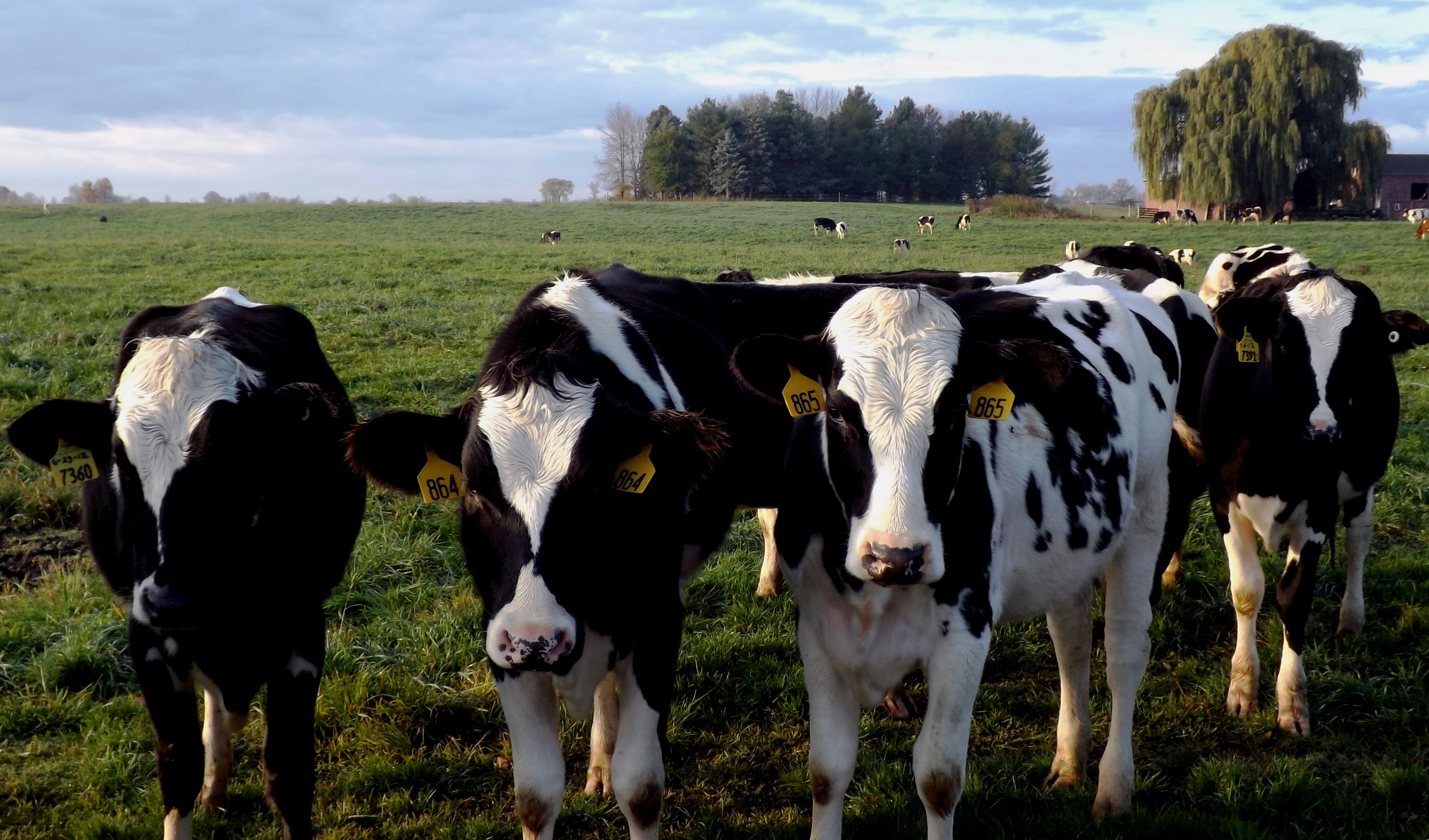 In January, the FARM Animal Care Program embarked on a partnership with the National Cattlemen’s Beef Association to explore opportunities and synergies around improving the quality of dairy beef. NMPF worked with NCBA staff managing the Beef Quality Assurance Program to devise educational materials and other resources for producers to use as part of the FARM Animal Care Program.
In January, the FARM Animal Care Program embarked on a partnership with the National Cattlemen’s Beef Association to explore opportunities and synergies around improving the quality of dairy beef. NMPF worked with NCBA staff managing the Beef Quality Assurance Program to devise educational materials and other resources for producers to use as part of the FARM Animal Care Program.
To ensure the FARM Program is both beneficial to producers and increases consumer confidence, farmers are now being asked for their input through the Dairy Producer Education Programs Survey. The 15-minute survey will help NMPF understand how FARM can better serve producers, and will help NMPF and NCBA identify what additional tools are necessary to improve dairy beef quality. Producers are encouraged to complete the survey and to share the survey link with others.
NMPF Comments on FDA’s Risk-Ranking Model for Animal Drug Residues
August 04, 2015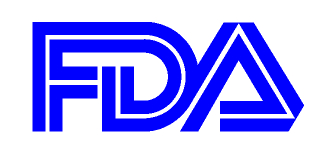 NMPF submitted comments last week on the Food and Drug Administration’s Multicriteria-based Ranking Model for Risk Management of Animal Drug Residues in Milk and Milk Products. The comments will help influence the extent to which the FDA alters the current testing system it administers, along with state regulatory agencies, to prevent antibiotic residues in the dairy supply.
NMPF submitted comments last week on the Food and Drug Administration’s Multicriteria-based Ranking Model for Risk Management of Animal Drug Residues in Milk and Milk Products. The comments will help influence the extent to which the FDA alters the current testing system it administers, along with state regulatory agencies, to prevent antibiotic residues in the dairy supply.
The risk-ranking model was developed in response to a 2008 request from the National Conference on Interstate Milk Shipments (NCIMS) to conduct a risk analysis of drug residues in the milk supply. It represents a science-based analytical approach to collate and incorporate relevant public data and information to assist with evaluating milk residue testing programs.
NMPF offered feedback on the model’s design, assumptions and data, and the clarity and transparency of the model, as well as its potential implications for residue testing requirements of the Pasteurized Milk Ordinance (PMO). The model is one of the many tools the NCIMS Appendix N Committee will use to develop a pilot program to expand testing for non-beta-lactam drugs through the PMO. A proposal directing the Appendix N Committee to develop the pilot program was passed at the 2015 NCIMS in April.
FDA recently extended the comment period on the risk-ranking model to October 27th.
Four Graduate Students win Scholarships for Dairy-Related Research
August 04, 2015
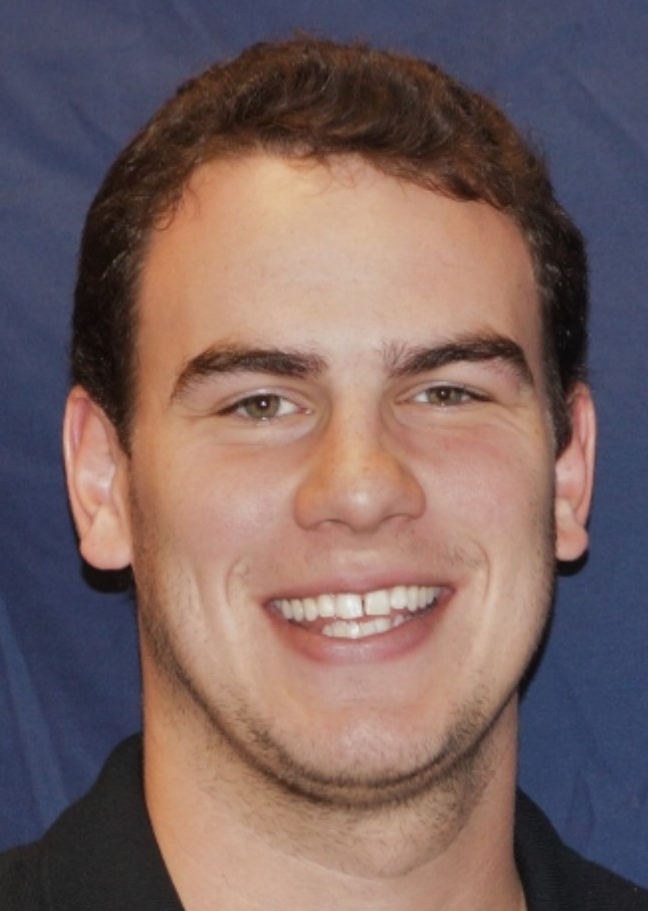
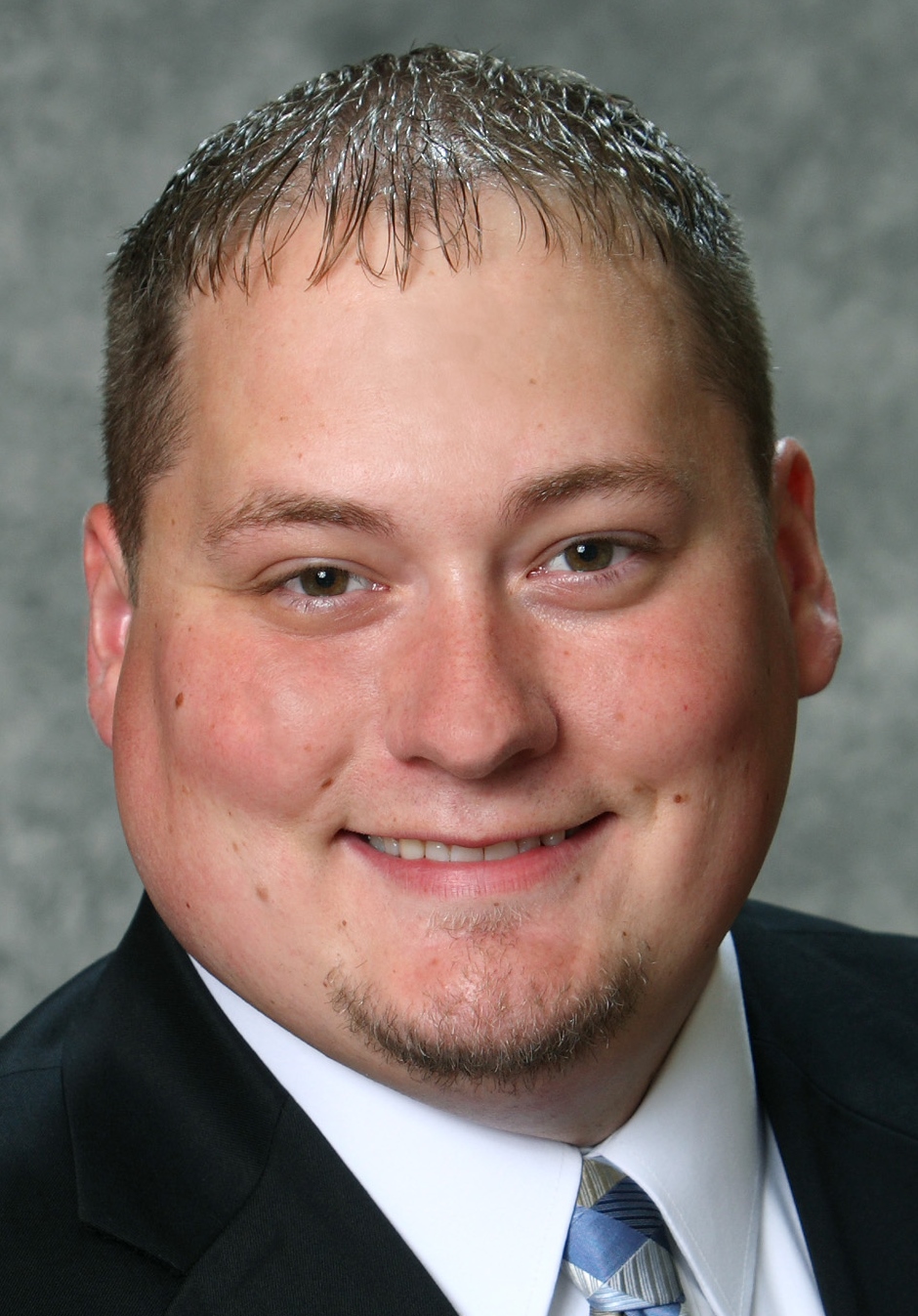
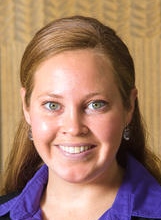
Four graduate students researching dairy-related topics have been selected to receive $2,000 each from NMPF’s National Dairy Leadership Scholarship Program. The NMPF board selected the 2015 scholarship recipients from among 30 applicants at its June meeting. They are:
Karmella Dolecheck, far left above, a Ph.D. candidate in animal science at the University of Kentucky. Her research focus is increasing dairy profitability through the application of a whole farm stochastic simulation model.
Paul LaPierre, next to Dolecheck, an M.S. candidate in animal science at the University of Illinois at Urbana-Champaign. His research focus is the effects of hydroxy vs. sulfate forms of trace minerals in milk replacer on dairy calves through weaning.
Jon Pretz, next to LaPierre, a Ph.D. candidate in dairy science at South Dakota State University. His research focus is evaluation of yeast products and antioxidants alone or in combination on ruminal volatile fatty acid absorption when fed to mid-lactation high-producing dairy cows
Barbara Wadsworth, far right, a Ph.D. candidate in animal science at the University of Kentucky. Her research focus is use of precision dairy farming technologies to detect lameness in dairy cattle.
The scholarship awards will be made to coincide with the start of the academic year in the fall. Applicants must be masters- or Ph.D.-level students conducting research of interest to NMPF member cooperatives and the dairy industry in general. The scholarships are funded through raffles conducted at the NMPF annual meeting.
Producers Have Two More Months to Choose Coverage Under Margin Protection Program
August 04, 2015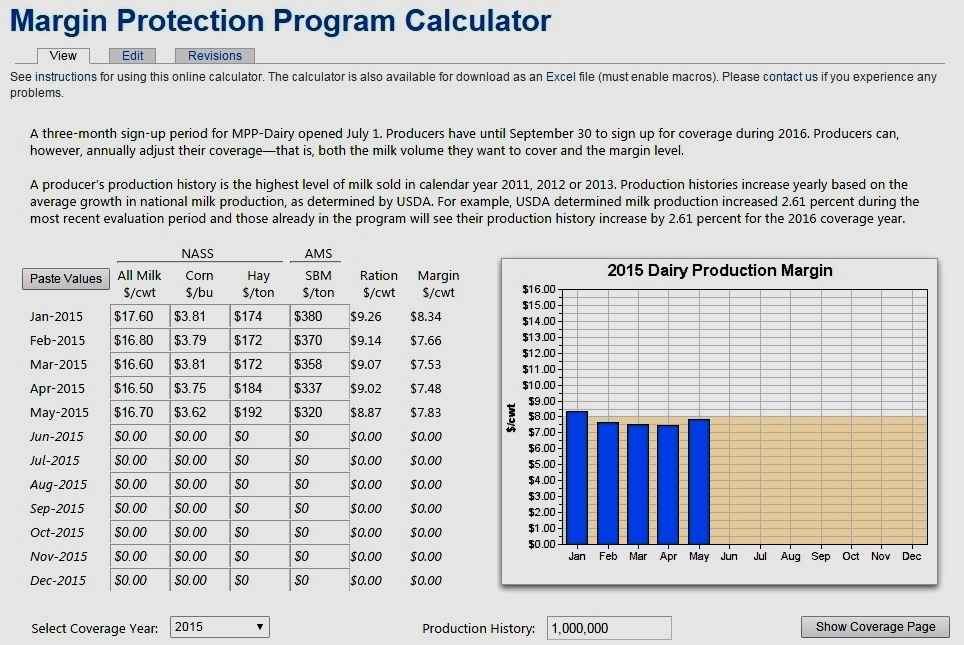
Dairy farmers have two more months to sign up at their local Farm Service Agency offices for coverage in 2016 under the dairy Margin Protection Program. The second enrollment period under the new federal dairy safety net program opened July 1st and closes September 30th.
To help farmers make decisions, NMPF has updated the tools at www.FutureforDairy.com, a website serving as a clearinghouse for MPP information. Included are a brochure explaining the program and its importance to dairy farmers; a PowerPoint presentation that also highlights the benefits of the program; Frequently Asked Questions on the MPP; and a calculator allowing farmers to estimate future margins based on their forecasts of feed and milk prices.
MPP helps protect against the kind of catastrophic losses that many farmers experienced in 2009 and again in 2012. It allows farmers to insure the difference between milk prices and feed costs. Producers insure their operations on a sliding scale, deciding both how much of their production to cover and the level of margin to protect.
Through the first six months of 2015, the program has issued payments for each of the three bi-monthly coverage windows for those who elected the maximum $8 margin coverage. NMPF was instrumental in MPP’s enactment and encourages producers to use the program.





